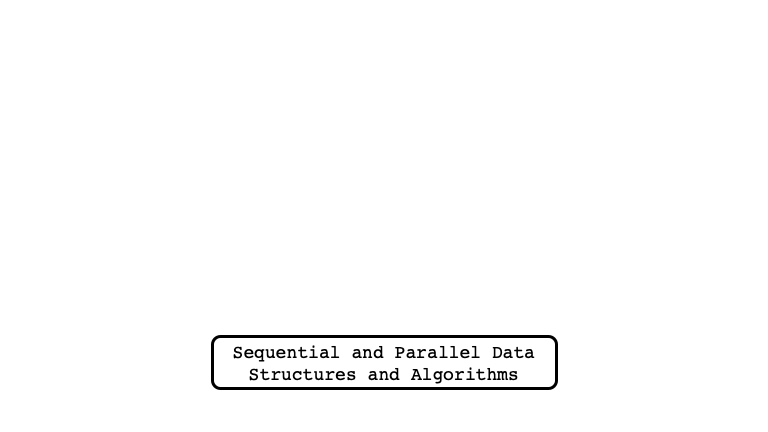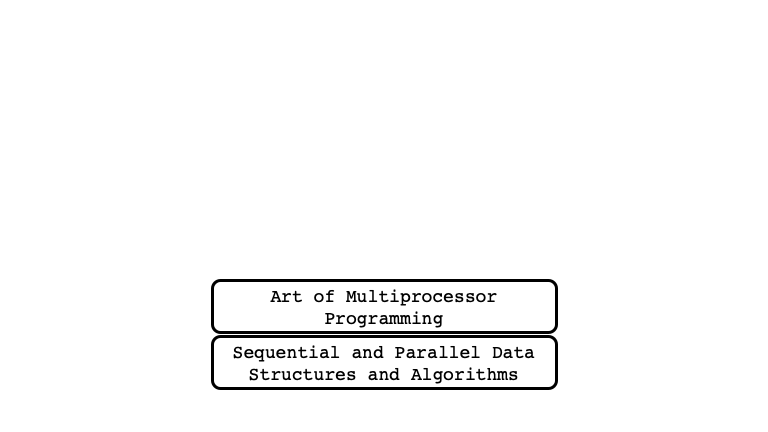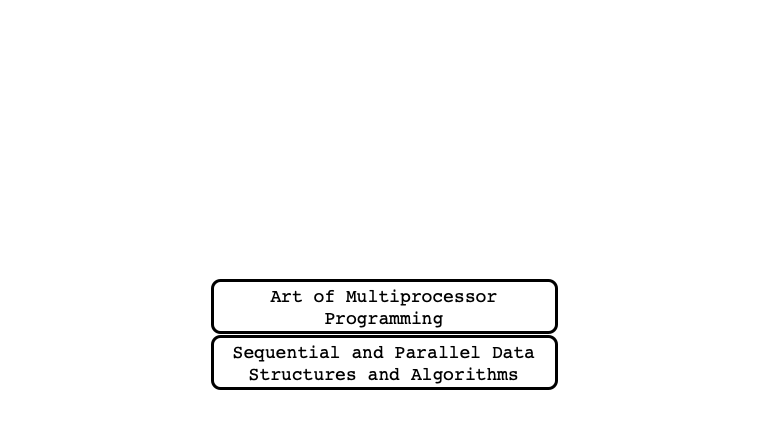Lecture 19: Stacks
Overview
- Interfaces
- Stacks
- Stack Interface
- Stack Implementation
Last Time
- Introduced
interfaces - Saw the
Comparable<T>interface:public interface Comparable<T> { int compareTo (T t); } - Updated
Animalto implementComparable<Animal>:public abstract class Animal implements Comparable<Animal> { ... public int compareTo (Animal a) { if (this.getSpecies().equals(a.getSpecies())) { return this.name.compareTo(a.name); } return this.getSpecies().compareTo(a.getSpecies()); } } -
Animals can now be sorted!
Sorted Zoo Example
Why Interfaces?
An interface is a contract:
- In order to implement the
interface, you must provide certain functionality - If you provide that functionality, I can write code that uses the functionality to perform some task
- I don’t need to know how you provide functionality
Sorting example:
- We wrote code to store a sorted list of items
- Works for any class implementing
Comparable - The
classdetermines what is meant by comparison
Good Design
Separate interface from implementation
- Better encapsulation
- Explicit functionality of the class
- Explicit requirements to use existing functionality
- Can provide different implementations of same interface
- sort by species/name? sort by age? by height?
- different implementations might be appropriate for different contexts
Previously
We’ve seen some data structures:
- array
- access elements by index
- linked list
- access elements by reference
Data structures specify:
- how data is stored
- how data is accessed
- how data is modified
Abstract Data Types
Used linked list data structure to implement
-
GenericList- store a collection of elements
-
addandremove - iterate over elements
-
SortedList- store a sorted collection of elements
-
insertandremove - iterate over elements
Abstract data type specifies interaction (i.e., interface), not implementation
Up Next
Two fundamental abstract data types
- Stack
- Queue
We’ll consider
- implementations
- applications
A Problem
Learning a new subject:
- Find a book, start reading
- Realize I am missing some background for the book
- Look up references
- repeat step 1 with new book
Eventually, my desk is covered with books!
- How do I keep track of everything?
My Problem, Illustrated

Get Stuck, Get Another Book

Get Stuck, Get Yet Another Book

And Another

Lesson Learned: See Previous Book

Another Lesson Learned

Stuck Again; Get Another Book

Lesson Learned

Lesson Learned: Back to Start

Keeping Organized
Store books in a stack on my desk:
- Most recently accessed on top
- Book below is book I was reading when I got stuck
- …
Successively removing books allows backtracking
- Only ever add/remove top book on a stack
A New Abstract Data Type
Introducing the stack!
- Store a collection of items
- Supported operations:
- push a new item on top of the stack
- peek at the item currently on top
- pop remove and return the item currently on top
Stack Operations

Push Sequential…Algorithms onto stack
Stack Operations

Push Art of Multiprocessor Programming onto stack
Stack Operations

Push Java Concurrency in Practice onto stack
Stack Operations

Peek returns Java Concurrency in Practice
Stack Operations

Pop returns & removes Java Concurrency in Practice
Stack Operations

Pop returns & removes Art of Multiprocessor Programming
Stacks in Programming
Stacks are useful in computing!
- Executing method calls
- Search with backtracking
- Evaluating arithmetic expressions
- …
A Stack Interface in Java
public interface SimpleStack<T> {
// push a new item on the top of the stack
public void push(T item);
// return the item currently at the top of the stack
public T peek();
// remove and return the item currently at the top of the stack
public T pop();
// check if the stack is empty
public boolean isEmpty();
}
Activity
How might we implement a stack?
Representing Stack as Linked List
How to store items?
Representing Stack as Linked List
How to push?
Representing Stack as Linked List
How to pop?
Representing Stack as Linked List
How to code it?
public class StackList<T> implements SimpleStack<T>, Iterable<T> {
// fields?
...
public void push(T item) {
...
}
public T peek() {
...
}
public T pop() {
...
}
class Node {
T item;
Node next;
public Node (T item) {
this.item = item;
next = null;
}
}
}